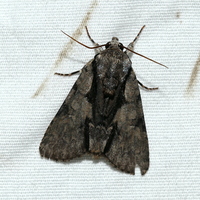
| Recorded by: David George, Jeff Niznik, Stephen Dunn on 2024-06-29
Chatham Co.
Comment: | 
| Recorded by: Jim Petranka and Bo Sullivan on 2023-08-08
Ashe Co.
Comment: |
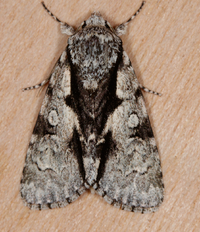
| Recorded by: Jim Petranka, Becky Elkin and Bo Sullivan on 2023-08-08
Wilkes Co.
Comment: | 
| Recorded by: David George, Stephen Dunn, Jeff Niznik, Rich Teper, Becky Watkins on 2023-07-30
Swain Co.
Comment: |
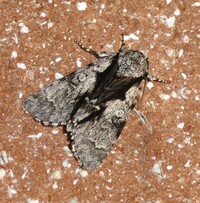
| Recorded by: Simpson Eason on 2023-07-24
Durham Co.
Comment: | 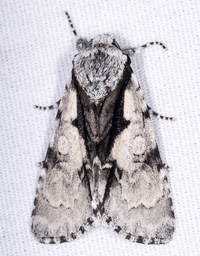
| Recorded by: John Petranka on 2023-07-06
Orange Co.
Comment: |
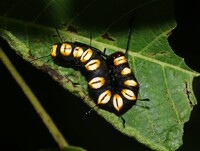
| Recorded by: Rob Van Epps on 2023-06-25
Mecklenburg Co.
Comment: | 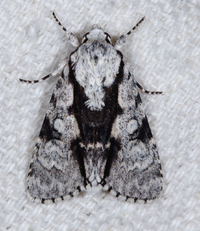
| Recorded by: Jim Petranka on 2023-04-20
Madison Co.
Comment: |
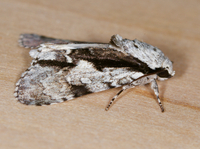
| Recorded by: Jim Petranka on 2022-08-05
Madison Co.
Comment: | 
| Recorded by: Jim Petranka on 2022-08-05
Madison Co.
Comment: |

| Recorded by: Richard Teper on 2022-06-26
Avery Co.
Comment: | 
| Recorded by: Jim Petranka and Becky Elkin on 2022-06-07
Madison Co.
Comment: |
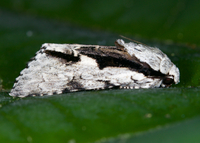
| Recorded by: Jim Petranka and Becky Elkin on 2022-06-07
Madison Co.
Comment: | 
| Recorded by: Jim Petranka and Bo Sullivan on 2021-08-02
Ashe Co.
Comment: |
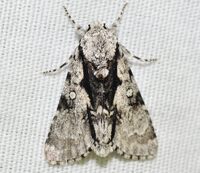
| Recorded by: Kyle Kittelberger, Brian Bockhahn on 2020-07-16
Polk Co.
Comment: | 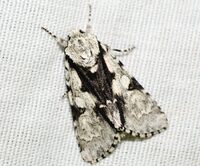
| Recorded by: Kyle Kittelberger, Brian Bockhahn on 2020-07-15
Polk Co.
Comment: |

| Recorded by: Stephen Hall on 2019-06-30
Ashe Co.
Comment: | 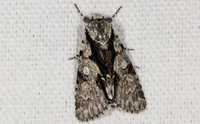
| Recorded by: David L. Heavner on 2018-08-11
Buncombe Co.
Comment: |

| Recorded by: J. A. Anderson on 2017-05-17
Surry Co.
Comment: | 
| Recorded by: Steve Hall and Bo Sullivan on 2016-08-02
Ashe Co.
Comment: |

| Recorded by: Steve Hall and Bo Sullivan on 2016-08-02
Ashe Co.
Comment: | 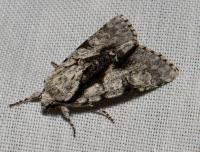
| Recorded by: Steve Hall and Bo Sullivan on 2016-06-15
Ashe Co.
Comment: |
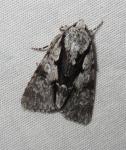
| Recorded by: B. Bockhahn, K. Kittelberger, P. Scharf on 2015-06-18
Avery Co.
Comment: | 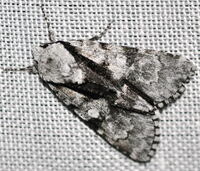
| Recorded by: Kyle Kittelberger on 2013-08-27
Surry Co.
Comment: |
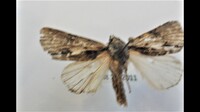
| Recorded by: Darryl Willis on 2013-08-16
Cabarrus Co.
Comment: The site where this specimen was collected is located well away from the mountains but in an area rich in Cottonwoods and Willows, two of the recorded host plants for this species | 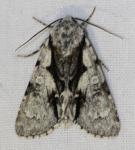
| Recorded by: Doug Blatny / Jackie Nelson on 2013-08-15
Ashe Co.
Comment: |
|

 »
»




 »
»


